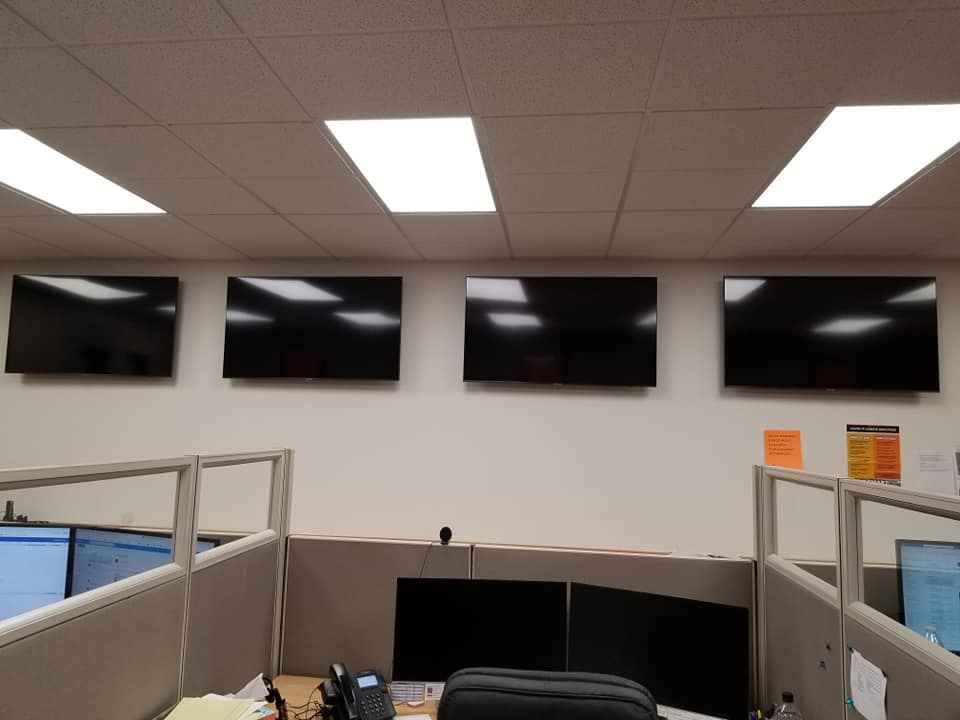In recent years, flat panel design has emerged as a dominant trend in modern interior design, transforming homes, offices, and commercial spaces with its sleek, minimalist aesthetic. From kitchens and bathrooms to living rooms and furniture, this design style is reshaping the way we think about simplicity, functionality, and elegance. But what exactly makes flat panel design so appealing, and why is it rapidly gaining popularity? Let’s explore.
Understanding Flat Panel Design
Flat panel design, often called slab design, is defined by flat, unadorned surfaces that lack the raised panels, intricate moldings, and decorative carvings seen in traditional cabinetry and furniture. The focus is on clean lines, simplicity, and functionality.
Flat panels are typically used in cabinet doors, furniture, wall panels, and interior doors, providing a smooth, uniform look that emphasizes the material and finish rather than ornamental details. This understated elegance allows flat panel design to fit seamlessly into modern, minimalist, and even transitional interiors.
Key Reasons for Its Popularity
Several factors explain why flat panel design is taking over modern interiors:
1. Minimalist Appeal
Modern design trends favor simplicity and uncluttered spaces. Flat panel design embodies this philosophy by eliminating unnecessary ornamentation and focusing on straight lines and smooth surfaces. The result is a clean, organized look that instantly modernizes any room.
2. Versatility Across Spaces
Flat panels are extremely versatile. They work beautifully in kitchens, bathrooms, living rooms, bedrooms, and even office spaces. The design complements a wide range of interior styles, from sleek contemporary to Scandinavian minimalism, making it a safe yet stylish choice.
3. Easy Maintenance
Without intricate carvings or raised edges, flat panel surfaces are easier to clean and maintain. Dust and grime have fewer places to settle, and routine cleaning becomes a simpler task—a crucial benefit for high-traffic areas like kitchens and bathrooms.
4. Cost-Effective
Compared to ornate cabinetry or custom woodwork, flat panel design is often more affordable. The streamlined construction requires less labor, fewer materials, and less time to produce, offering homeowners a budget-friendly way to achieve a modern look.
5. Timeless Aesthetic
While trends come and go, the simplicity of flat panel design ensures it remains stylish over time. Its minimalist appeal makes it a safe investment for homeowners who want interiors that won’t quickly look outdated.
Popular Applications of Flat Panel Design
Kitchens
Flat panel cabinets are a hallmark of modern kitchen design. Whether paired with handleless systems or sleek bar handles, they provide a streamlined, cohesive look. Popular materials like wood veneer, laminate, thermofoil, and painted MDF enhance the aesthetic while offering durability and easy maintenance.
Bathrooms
In bathrooms, flat panel vanities and storage units create a clean, spa-like environment. Combined with minimalist fixtures, neutral tones, and quality countertops, they make small spaces feel larger and more open.
Furniture
Flat panel design extends beyond cabinetry to include wardrobes, media consoles, coffee tables, and office furniture. Its simple design allows furniture to blend effortlessly with other décor elements while providing functional storage solutions.
Doors and Wall Panels
Interior doors and wall panels in flat panel design add subtle sophistication to hallways, living areas, and workspaces. They offer a modern architectural element without overwhelming the room’s décor.
Materials and Finishes
One reason flat panel design is so popular is its adaptability to different materials and finishes:
- Wood Veneer: Offers natural texture and warmth with visible grain patterns.
- Laminate: Affordable, durable, and available in countless colors and textures.
- Thermofoil: Smooth, moisture-resistant, and easy to clean—ideal for kitchens and bathrooms.
- Painted MDF or Wood: Fully customizable colors with matte, satin, or glossy finishes to suit any interior palette.
The choice of material and finish allows homeowners to tailor flat panel designs to their personal style while maintaining the signature clean lines.
Design Tips for Modern Interiors
To make the most of flat panel design, consider these tips:
- Opt for Handleless or Minimal Hardware: Preserves the uninterrupted lines and sleek look.
- Mix Materials and Textures: Combine flat panels with stone countertops, glass accents, or textured backsplashes for visual interest.
- Use Contrasting Colors: Dark panels against light walls, or vice versa, create a modern, striking effect.
- Pay Attention to Lighting: Proper lighting highlights the smooth surfaces and enhances the minimalist aesthetic. LED strips or recessed lighting work exceptionally well with flat panels.
Why Designers and Homeowners Love It
Flat panel design is not just a trend—it’s a reflection of modern living preferences. It caters to those who value simplicity, functionality, and timeless elegance. Designers appreciate its adaptability and clean aesthetics, while homeowners enjoy the low-maintenance, cost-effective, and visually appealing solutions it offers.
Whether remodeling a kitchen, upgrading a bathroom, or choosing furniture for a contemporary home, flat panel design provides a versatile, stylish, and practical option. Its balance of form and function ensures that spaces look modern and elegant without unnecessary complexity.
Conclusion
The rise of flat panel design in modern interiors is no coincidence. Its minimalist charm, versatility, and practical benefits align perfectly with contemporary living demands. From kitchens and bathrooms to furniture and doors, flat panels bring clean lines, simplicity, and timeless style to every space.
For anyone seeking to modernize their home or workspace, flat panel design offers a sophisticated, functional, and enduring solution. Its continued popularity is a testament to the enduring appeal of elegance through simplicity.

